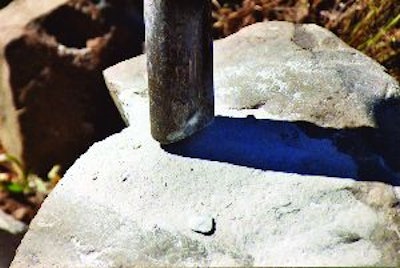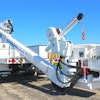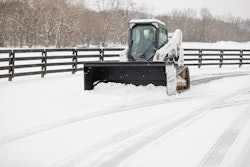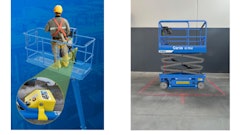
These simple tips can help you get more life and performance from hydraulic breaker attachments.
DO:
- Make sure the operator understands proper breaker operation and what to look for during daily visual inspections.
- Properly match the breaker's hydraulic flow/pressure requirements to the carrier.
- Reposition the tool every 15 to 30 seconds until the material breaks. Maintain down pressure on the breaker as it breaks through the material.
- Lubricate the breaker regularly to prevent damage to tool bushings.
- Remove the breaker bit weekly and check for tool shank wear. Galling may occur from lack of lubrication.
- Use auto lube systems where possible.
Don't:
- Operate the breaker with the tool suspended in the air (blank firing).
- Continue to hammer in one spot of the material for too long. This can generate excessive heat, which can result in tool breakage and/or damage to the breaker.
- Start breaking large objects or slabs from the center of the material. Start at the outer edges and work your way inward.
- Use the breaker for prying or raking. This can cause tool point breakage.
- Run a breaker underwater without the proper underwater kit on the excavator. This can lead to contamination of the carrier's hydraulic system.
- Neglect any concerns the operator may report about breaker performance or wear.



















